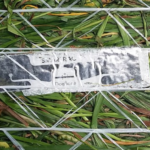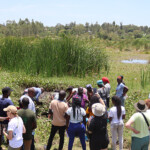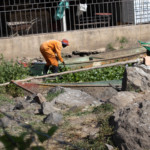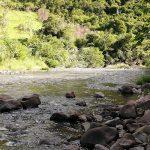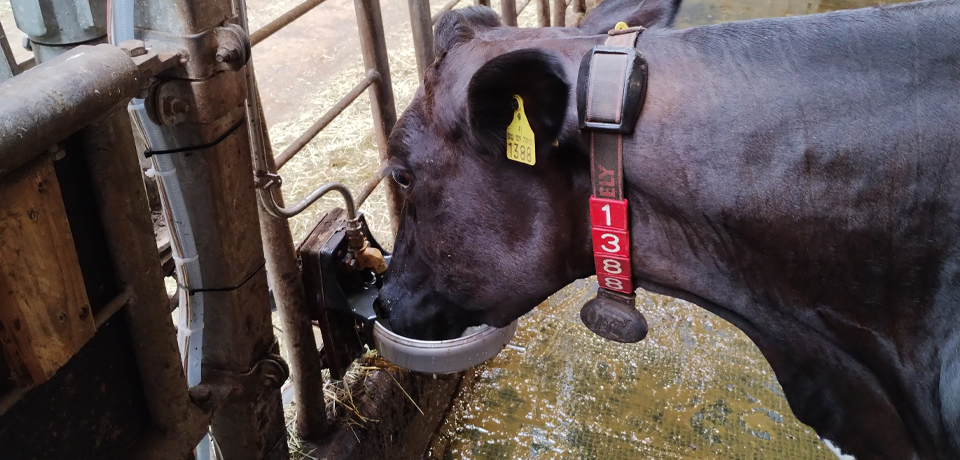
Gert Hattingh & Olli Koskela
Smart Drinking Device 2022 project aimed to develop small, low-cost technology to measure individual water consumption in cows, contributing to enable early detection of health deviations and improving animal welfare. Water consumption was measured successfully in the project, but the RFID identification of a cow faced challenges.
Smart Drinking Device 2022 (Älyjuoma-automaatti 2022) project focused on developing technology to measure individual water consumption in cows, providing precise and proactive means of monitoring livestock health through drinking. Using the water consumption data, deviations in well-being can be detected earlier at both individual and herd levels, enabling timely interventions and improved animal welfare. Drinking and feeding amounts are correlated, and as climate change increases variability in feed quality, the possibility of monitoring eating through drinking may become essential for ensuring livestock health. Furthermore, by comparing drinking volumes with milk production, the feed efficiency of individual cows could potentially be evaluated, which offers opportunities to reduce feed-related costs and emissions. In the project, we successfully developed a robust device to monitor water consumption at the drinking bowl. Here, we describe the attempts to identify a cow near the drinking bowl using the RFID in their ear tag even though they did not result in complying with the design principles. In the project, our requirement was to identify the cow drinking water uniquely while keeping the component cost low and the floor footprint of the device small.
Characteristics of RFID ear tag
The individual identification was intended to use the RFID tag contained in the mandatory ear tag according to ISO 11784 and ISO 11785 standards. The aim of including RFID identification for cows was threefold:
- It makes use of an already present passive technology.
- RFID tag identification is unique and ubiquitous in animal production.
- It is an easy technology and may be cost-effective.
In brief, RFID ear tags are regulated in Europe and worn on the right ear of the cow from birth to death. RFID numbers are unique and are logged in regulatory databases. In rare cases, the tag will dislocate from the cow’s ear and may need to be replaced. The tags are relatively cost-effective.
In terms of the receiving technology, the critical parameter is range. The receiving technology can be characterized by a set of electronics and a loop antenna that with a rapidly changing magnetic field (to comply with ISO standards, the frequency is 134kHz). The power in the antenna loop determines the cost and complexity of the electronics. Low-cost systems (below 100 euros) typically have a range of 2–10 cm where systems (100–200 euros) typically have a range of 2–25 cm. The proximity of the tag to the antenna and the range of the equipment is a key characteristic to ensure that only one animal is identified at a time. If there are two tags in a range of the antenna, both would be observed by the reading equipment. Directional antennae (costing in the 1000’s), could stretch the range to 50 meters. Units without directional antennae would observe tags in positions on either side of the antenna plane. Reading distances with respect to the antenna are characterized in figure 1.
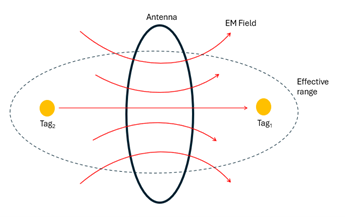
Trials and errors
We managed to find units in the 100–200-euro range with a decent range. The initial range was about 25 cm, but with local enhancements (adding a constantly charging 12V battery as a power source), we were able to extend the range to 35 cm. This range is acceptable if the cow is positioned in a (about) 70° arc from the antenna. Since cows can position themselves in any way in a 180° arc around the cup, it meant that we would not be able to identify all cows drinking. Reading units with a 50 cm reading distance with a ca. 400-euro price tag exist, but they face the same limitation of wavefront arc.
As another local enhancement, we were able to assemble the unit with multiple antennae to a reading unit aiming to comprise an antenna array that might be more effective in monitoring a larger volume. However, we did not test this idea in practice simply due to the extensive infrastructure needed to create a robust antenna array. The last opportunity left to identify a cow drinking uniquely, would be to constrain the position of the cow. This would lead to a loss of space in the barn that could be expensive to the farmer (i.e. reduce the number of cows to accommodate the measurement). In figures 2–4 below, a constrained position RFID system would negatively impact the movement of the cows.
For further investigations, we suggest exploring other antenna technologies, such as some active antenna or UHF RFID (Ketola, 2018). Even though the ear tag in our case was not suitable, recognizing the cow is a matter of finding the right combination of technologies and barn-related solutions that exist on the market including Intergado, DeLaval Plus, Vytelle Sense, BioControl and Nedap CowControl.
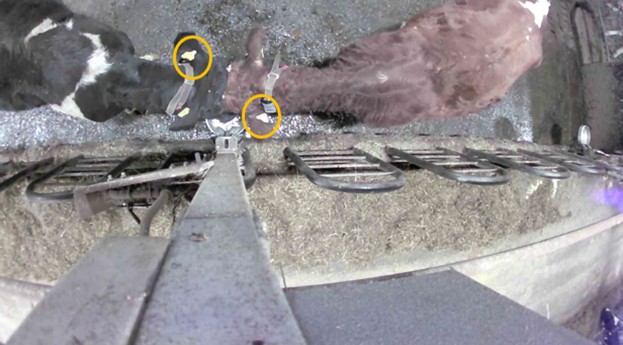
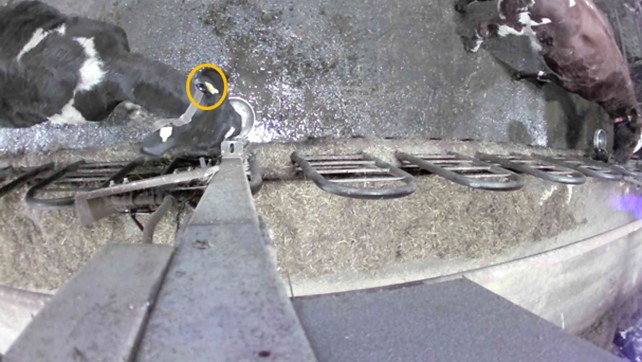
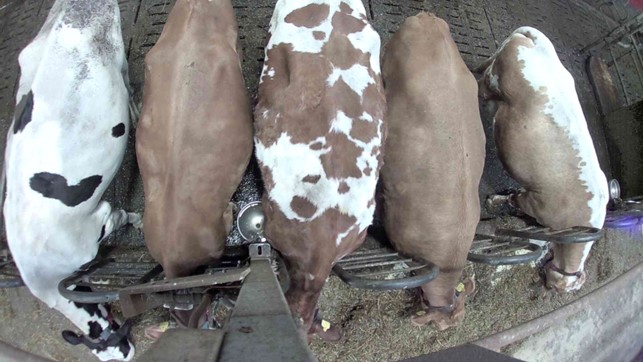
Acknowledgements
Älyjuoma-automaatti 2022 project was funded by the Rural Development Programme for Mainland Finland 2014–2020 from the European Agricultural Fund for Rural Development (EAFRD). The project was carried out by HAMK and Natural Resources Institute Finland from 2022 to 2024.
Authors
Gert Hattingh is a Senior Research Engineer at Häme University of Applied Sciences (HAMK) in Finland. He is involved in various research projects, contributing his expertise in technology and engineering to advance innovative solutions in agriculture and other fields. He was the main designer of the device developed in Älyjuoma-automaatti 2022 project.
Olli Koskela is a mathematician and data analyst who works as a Research Manager at HAMK. He is involved in many projects in the bioeconomy and agricultural research, using his computational skills to develop these fields. In the Älyjuoma-automaatti 2022 project, he worked as a project manager and analyst.
Reference
Ketola, L. (2018). Nautaeläinten sähköinen tunnistaminen Suomen nautakarjatiloilla [Master’s thesis, University of Helsinki]. http://hdl.handle.net/10138/298321

